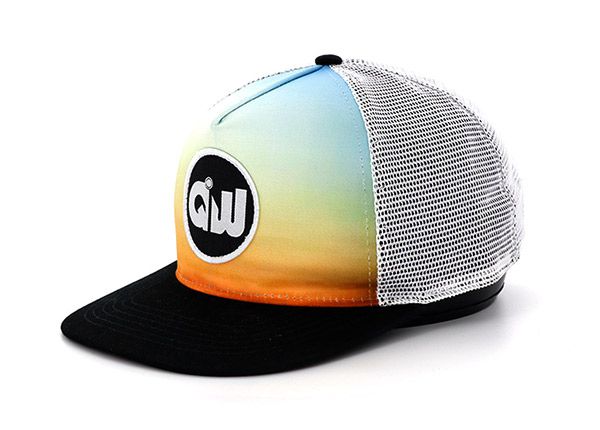Did you know creating a work uniform will save you time and money?
When I was younger I hated the idea of having to wear a uniform.
To earn extra money I worked part time in a supermarket on top of my day job before I became a teenage mum.
Their ugly work uniform at the time was a really drab brown a-line dress with a belt.
An ugly color with an ugly cut and it did no favors for anyone bigger than a UK size 8/US4.
That first experience of wearing a uniform put me off the idea of ever wearing one for my day job. Luckily as a civil servant I don’t need to.
But here’s the funny thing.
15 years after leaving that depressing brown dress behind I found myself with a self-imposed work uniform.
Needless to say brown doesn’t feature!
When you are working full time with small children, time and money are often in short supply.
Even if you earn a decent wage I know you will put the children, bills and life first before buying yourself clothes to make you look and feel good whilst at work.
When working you don’t have time to dress yourself carefully and stylishly.
You don’t have the money to spend on the latest fashions to then wear them to work.
When money is tight, buying clothes for yourself is your last thought.
Many workplaces require you to dress smartly or smart casual. These are so broad that your entire wardrobe could fit these categories.
Choosing what to wear every day from your entire wardrobe can be painful and time wasting.
The Problem
Do these problems sound familiar? Do you:-
Waste time standing in front of your wardrobe wondering what to wear
End up wearing something you are not comfortable in and it drags your day down
Wear your nicest clothes because you’re not sure if something else suits you
Spend time trying to match shoes to clothes
Waste yet more of your precious time choosing matching accessories
Feel frazzled by the time you have finished dressing
Spend too much on clothes so you have enough to wear both at work and at home?
The Solution
The solution is to design your own work uniform. By creating a capsule wardrobe for work you can stop wearing all your nicer gear.
When you get a chance to go on a night out you will be able to wear something that feels special.
How To Design Your Own Workwear Sets (Capsule Wardrobe)
Decide on a style of dressing that will be appropriate for your workplace
Ensure you are comfortable with this clothing style
A small palette of 2/3 base colors
Choose clothing styles that are interchangeable with other items in your base color
Classic styles with minimal branding/logos don’t date
Choose tops that you can wear with all of your base colors
Ensure your shoes are comfortable enough to wear all day, more than once a week
I work in an office and manage a team so needed a women’s professional wardrobe, choosing to team jackets with skirts and trousers.






